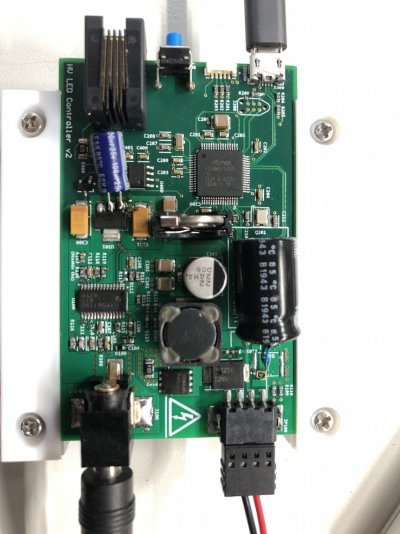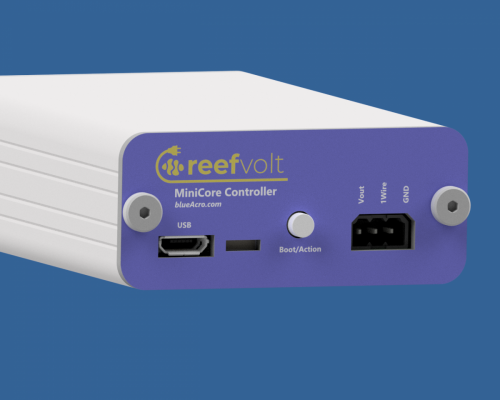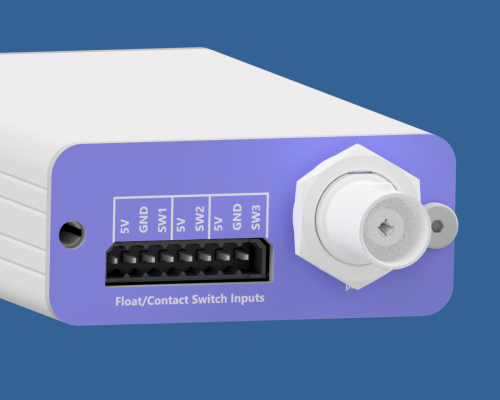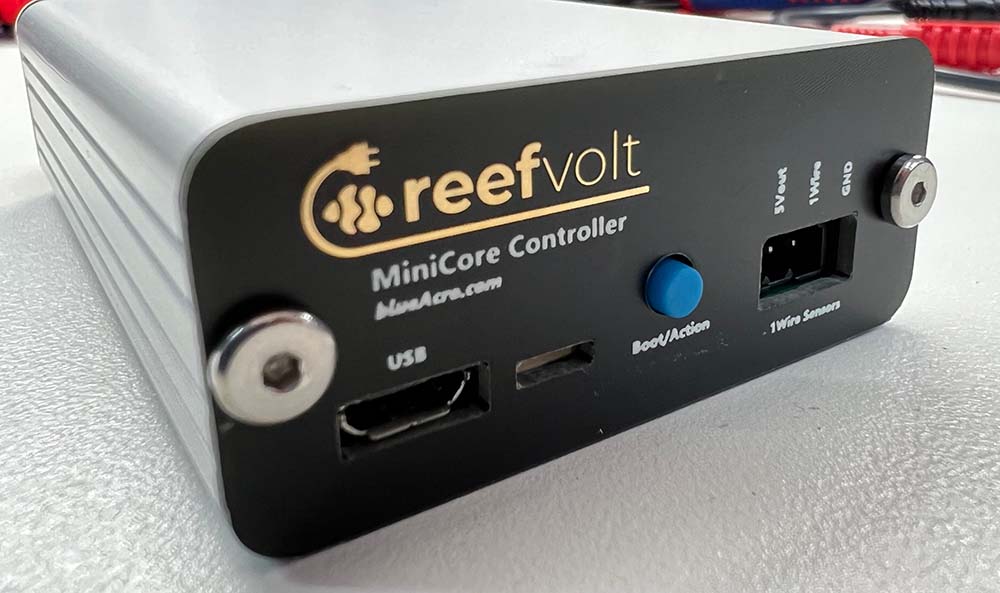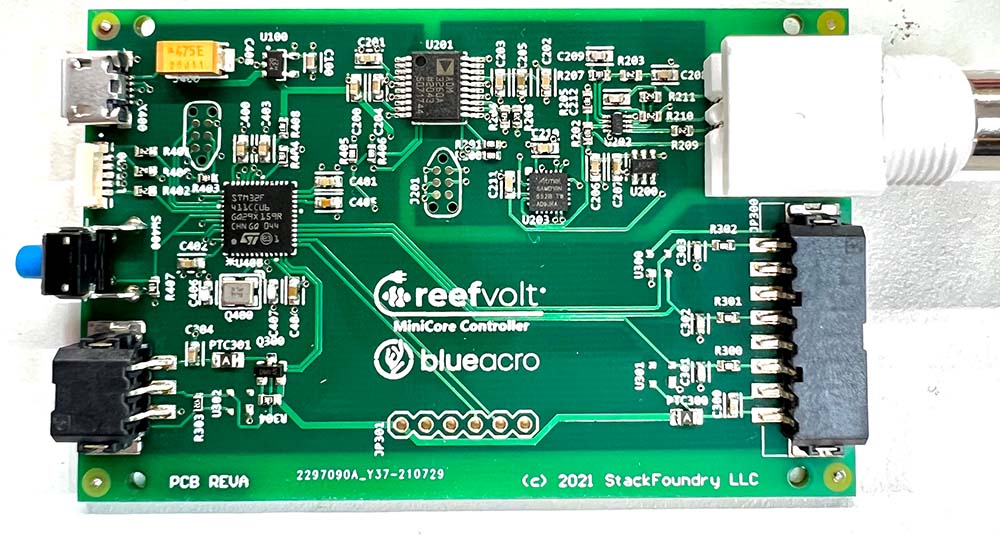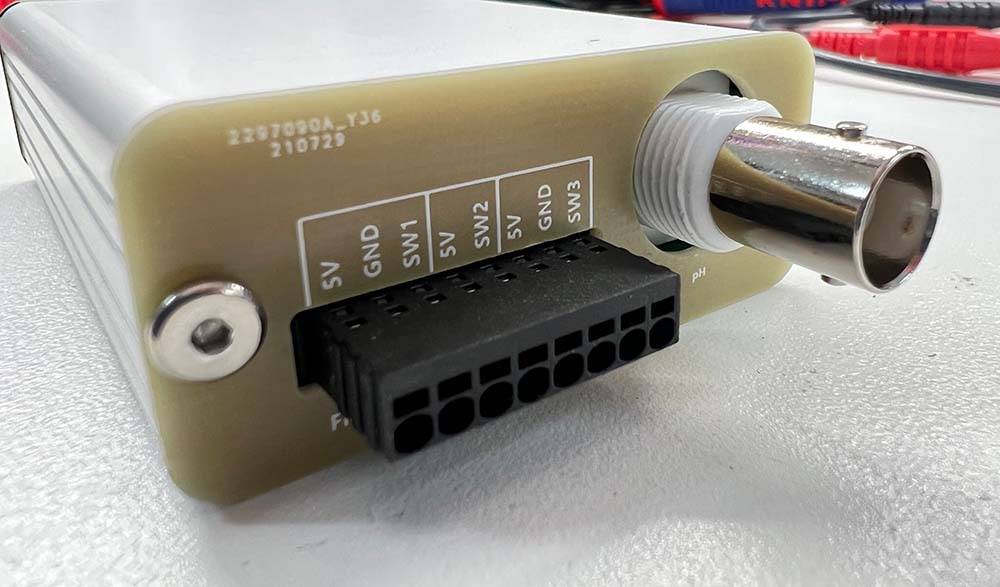Since I’m here anyway and I teased a little spin off project, I’d like to report the high voltage LED controller is functional. It shares the curse of the unobtabium MCU, but my one copy will continue to operate for now. It also shares firmware with the power strip, and was done entirely in Rust. Building it helped validate a few peripherals and was an easier target to program up. I’ll post the design files for it once I took a pass cleaning them up.
Built to run up to two 100V 150mA LED arrays, it’s more for a planted tank setup with tons of white LEDs in series. I use the 98+ CRI Yuji LEDs.
Built to run up to two 100V 150mA LED arrays, it’s more for a planted tank setup with tons of white LEDs in series. I use the 98+ CRI Yuji LEDs.




